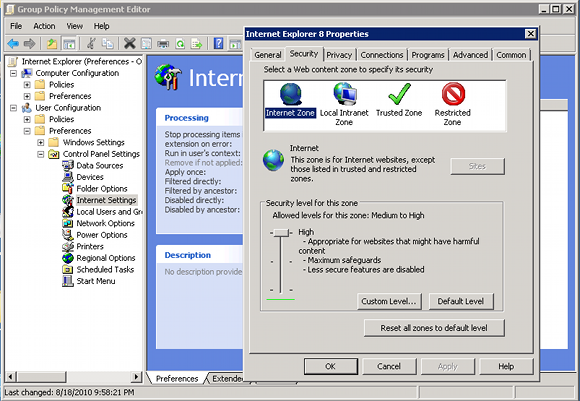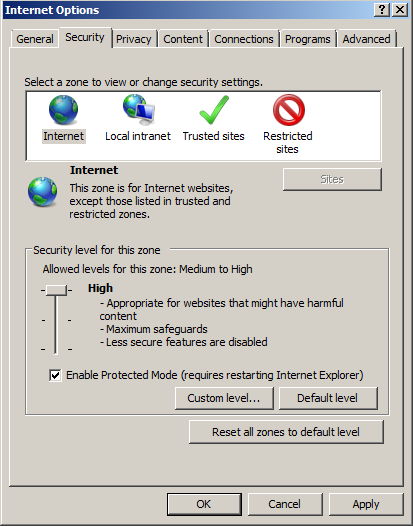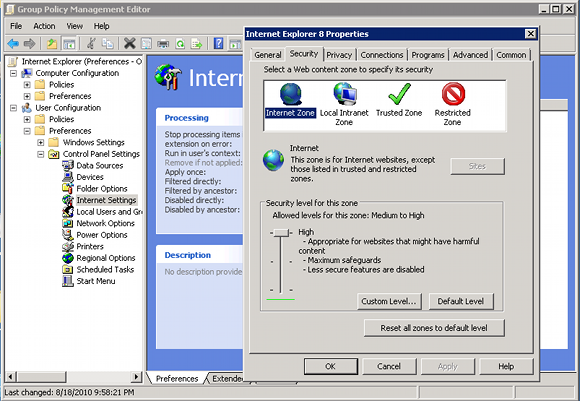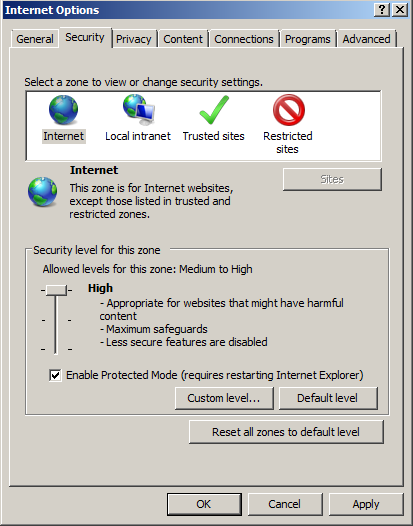US general: ‘We’re cleared to cyber-bomb enemy hackers’
The US military is now legally in the clear to launch offensive operations in cyberspace, the commander of the US Strategic Command has said.
“I do not believe that we need new explicit authorities to conduct offensive operations of any kind,” Air Force General Robert Kehler told Reuters.
But he added that the military was still figuring out the rules of engagement for cyber-warfare outside the “area of hostilities”, which are the places they’ve already been approved to do battle in.
US Strategic Command is in charge of a number of areas for the US military, including space operations (like military satellites), cyberspace concerns, ‘strategic deterrence’ (translation: nuclear weapons) and combating WMDs.
In May 2010, it set up a subdivision called US Cyber Command to specifically deal with what the military refers to as the newest potential battle ‘domain’.
The US Department of Defense released a report (9-page PDF) on Tuesday that echoes what America and the UK have previously said, that they reserve the right to respond to cyber threats as they would to any other sort of threat.
“When warranted, we will respond to hostile acts in cyberspace as we would to any other threat to our country,” the DoD said in the report. “All states possess an inherent right to self-defense, and we reserve the right to use all necessary means – diplomatic, informational, military, and economic – to defend our nation, our allies, our partners, and our interests.”
At the start of this month, UK Prime Minister David Cameron said much the same thing at the London Conference on Cyberspace.
“These are attacks on our national interest. They are unacceptable. And we will respond to them as robustly as we do any other national security threat,” the PM said.
General Kehler, who was speaking at the Space and Cyber Law Conference in Nebraska, said the military is learning more every day about operating in cyberspace.
“I think we all wish we were going faster, but we have made progress, we have a number of rules of engagement in place,” he said.
In an ironic twist, at the time of publication, the US Strategic Command website appeared to be down. Probably something they should sort out before they get back to expertly defending against cyber-baddies. ®
Article source: http://go.theregister.com/feed/www.theregister.co.uk/2011/11/17/us_military_cyberspace/



